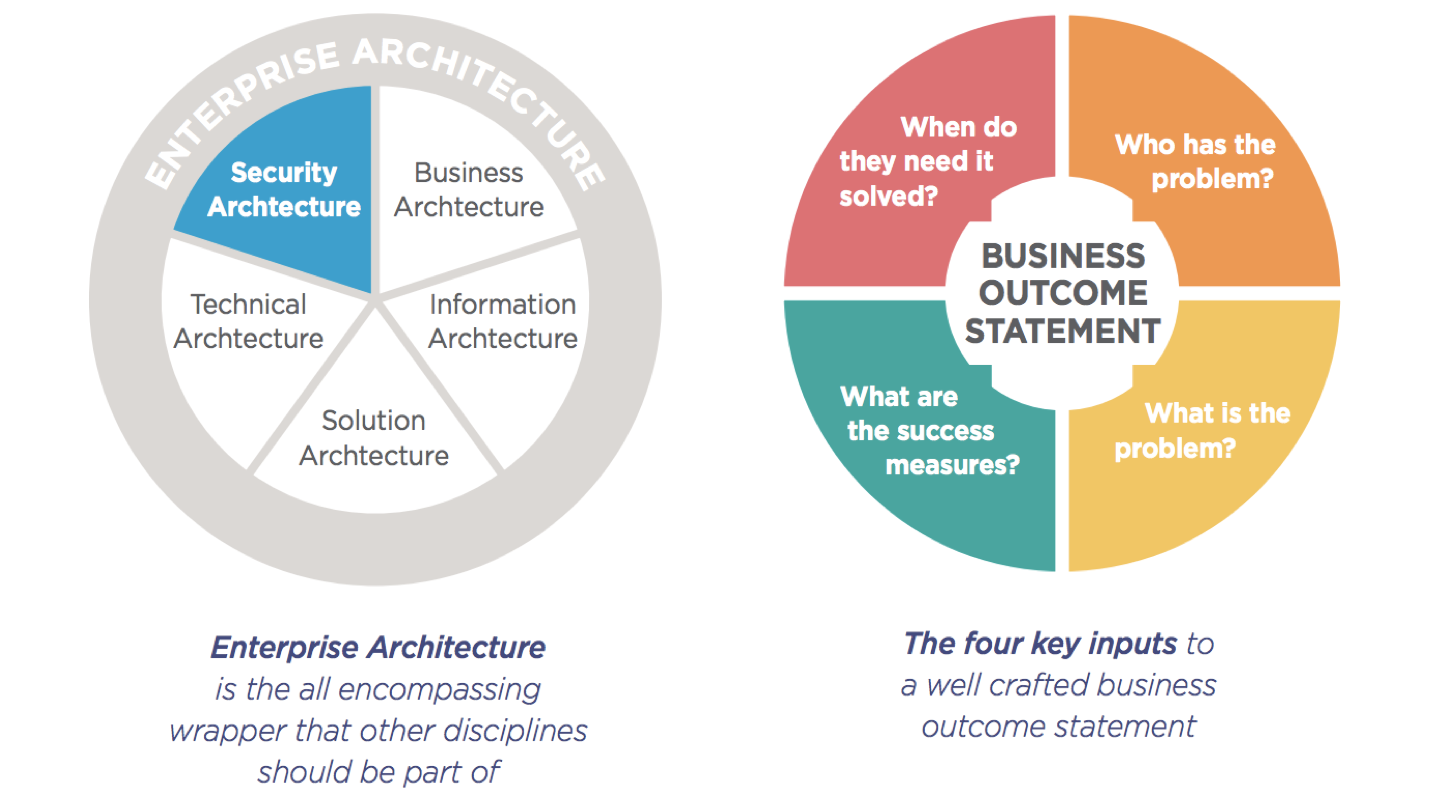At a fundamental level, digital transformation is about further synthesizing an organization’s operations and technology, so involving business architecture and process modeling is a best practice organizations cannot ignore.
This post outlines how business architecture and process modeling come together to facilitate efficient and successful digital transformation efforts.
Business Process Modeling: The First Step to Giving Customers What They Expect
Salesforce recently released the State of the Connected Customer report, with 75 percent of customers saying they expect companies to use new technologies to create better experiences. So the business and digital transformation playbook has to be updated.
These efforts must be carried out with continuous improvement in mind. Today’s constantly evolving business environment totally reinforces the old adage that change is the only constant.
Even historically reluctant-to-change banks now realize they need to innovate, adopting digital transformation to acquire and retain customers. Innovate or die is another adage that holds truer than ever before.
Fidelity International is an example of a successful digital transformation adopter and innovator. The company realized that different generations want different information and have distinct communication preferences.
For instance, millennials are adept at using digital channels, and they are the fastest-growing customer base for financial services companies. Fidelity knew it needed to understand customer needs and adapt its processes around key customer touch points and build centers of excellence to support them.
Business Architecture and Process Modeling
Planning and working toward a flexible, responsive and adaptable future is no longer enough – the modern organization must be able to visualize not only the end state (the infamous and so-elusive “to-be”) but also perform detailed and comprehensive impact analysis on each scenario, often in real time. This analysis also needs to span multiple departments, extending beyond business and process architecture to IT, compliance and even HR and legal.
The ability of process owners to provide this information to management is central to ensuring the success of any transformation initiative. And new requirements and initiatives need to be managed in new ways. Digital and business transformation is about being able to do three things at the same time, all working toward the same goals:
- Collect, document and analyze requirements
- Establish all information layers impacted by the requirements
- Develop and test the impact of multiple alternative scenarios
Comprehensive business process modeling underpins all of the above, providing the central information axis around which initiatives are scoped, evaluated, planned, implemented and ultimately managed.
Because of its central role, business process modeling must expand to modeling information from other layers within the organization, including:
- System and application usage information
- Supporting and reference documentation
- Compliance, project and initiative information
- Data usage
All these information layers must be captured and modeled at the appropriate levels, then connected to form a comprehensive information ecosystem that enables parts of the organization running transformation and other initiatives to instantly access and leverage it for decision-making, simulation and scenario evaluation, and planning, management and maintenance.
No Longer a Necessary Evil
Traditionally, digital and business transformation initiatives relied almost exclusively on human knowledge and experience regarding processes, procedures, how things worked, and how they fit together to provide a comprehensive and accurate framework. Today, technology can aggregate and manage all this information – and more – in a structured, organized and easily accessible way.
Business architecture extends beyond simple modeling; it also incorporates automation to reduce manual effort, remove potential for error, and guarantee effective data governance – with visibility from strategy all the way down to data entry and the ability to trace and manage data lineage. It requires robotics to cross-reference mass amounts of information, never before integrated to support effective decision-making.
The above are not options that are “nice to have,” but rather necessary gateways to taking business process management into the future. And the only way to leverage them is through systemic, organized and comprehensive business architecture modeling and analysis.
Therefore, business architecture and process modeling are no longer a necessary evil. They are critical success factors to any digital or business transformation journey.
A Competitive Weapon
Experts confirm the need to rethink and revise business processes to incorporate more digital automation. Forrester notes in its report, The Growing Importance of Process to Digital Transformation, that the changes in how business is conducted are driving the push “to reframe organizational operational processes around digital transformation efforts.” In a dramatic illustration of the need to move in this direction, the research firm writes that “business leaders are looking to use process as a competitive weapon.”
If a company hasn’t done a good job of documenting its processes, it can’t realize a future in which digital transformation is part of everyday operations. It’s never too late to start, though. In a fast-moving and pressure cooker business environment, companies need to implement business process models that make it possible to visually and analytically represent the steps that will add value to the company – either around internal operations or external ones, such as product or service delivery.
erwin BP, part of the erwin EDGE Platform, enables effective business architecture and process modeling. With it, any transformation initiative becomes a simple, streamlined exercise to support distributed information capture and management, object-oriented modeling, simulation and collaboration.
To find out about how erwin can help in empowering your transformation initiatives, please click here.





